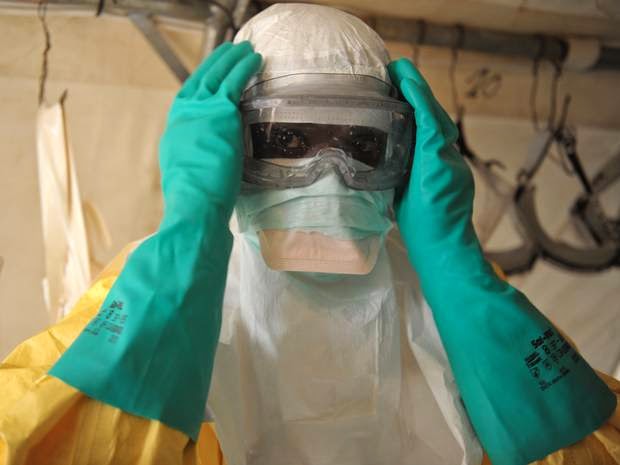This was in a study by Kibadi et al.(1999) documented by the The Journal of Infectious Diseases, (The University of Chicago Press)
At the moment the Ebola Virus is ravaging West Africa. Between 18 – 20 July 2014, 45 new cases and 28 deaths were reported from Guinea, Liberia, and Sierra Leone. The disease had already affected about 1093 people.
According to World Health Organization(WHO), Efforts are currently ongoing to scale up and strengthen all aspects of the outbreak response in the three countries, including contact tracing, public information and community mobilization, case management and infection prevention and control, and coordination.
WHO does not recommend any travel or trade restrictions be applied to Guinea, Liberia, or Sierra Leone based on the current information available for this event.
Manifestation of Ebola begins abruptly with a sudden onset of an influenza-like stage characterized by general malaise, fever with chills, sore throat, severe headache, weakness, joint pain, muscle pain, and chest pain.Respiratory tract involvement is characterized by pharyngitis with sore throat, cough, dyspnea, and hiccups. The central nervous system is affected as judged by the development of severe headaches, agitation, confusion, fatigue, depression, seizures, and sometimes coma.
However, contrary to popular belief, hemorrhage does not lead to hypovolemia and is not the cause of death (total blood loss is low except during labor). Instead, death occurs due to multiple organ dysfunction syndrome (MODS)) due to fluid redistribution, hypotension, disseminated intravascular coagulation, and focal tissue necroses.
The average time between contracting the infection and the onset of symptoms is 13 days, but can be as long as 25 days.
Nigeria recently recorded a case in Lagos State. The recent Ebola Virus outbreak has killed about 660 people across West Africa.
There is no cure or vaccine for Ebola, which causes diarrhea, vomiting and internal and external bleeding. It can kill up to 90 percent of those infected. It was first discovered in Democratic Republic of Congo in 1976.
Picture Credit: The Independent

No comments:
Post a Comment